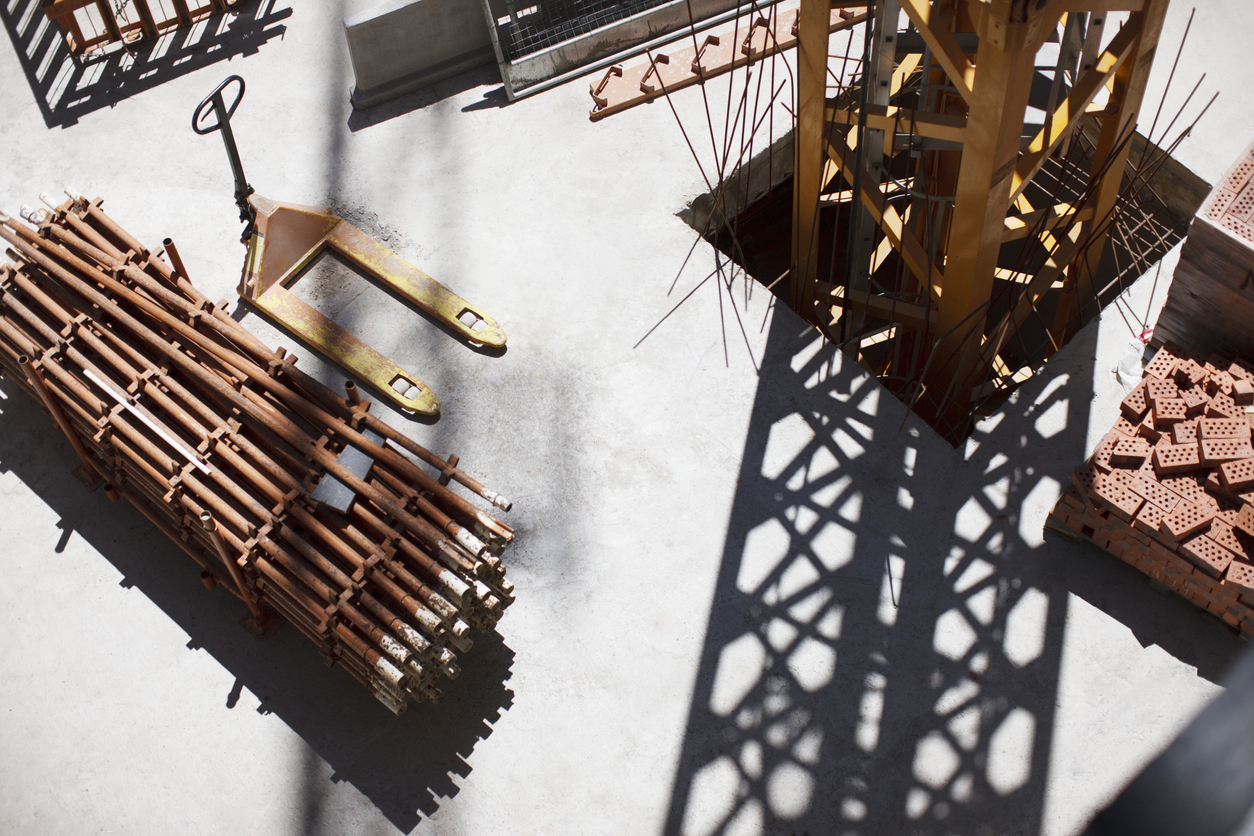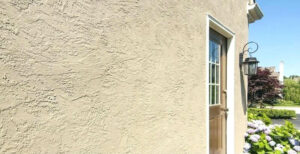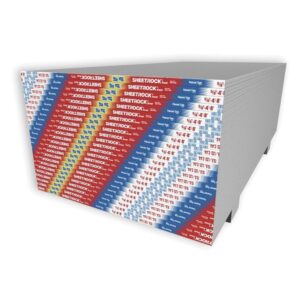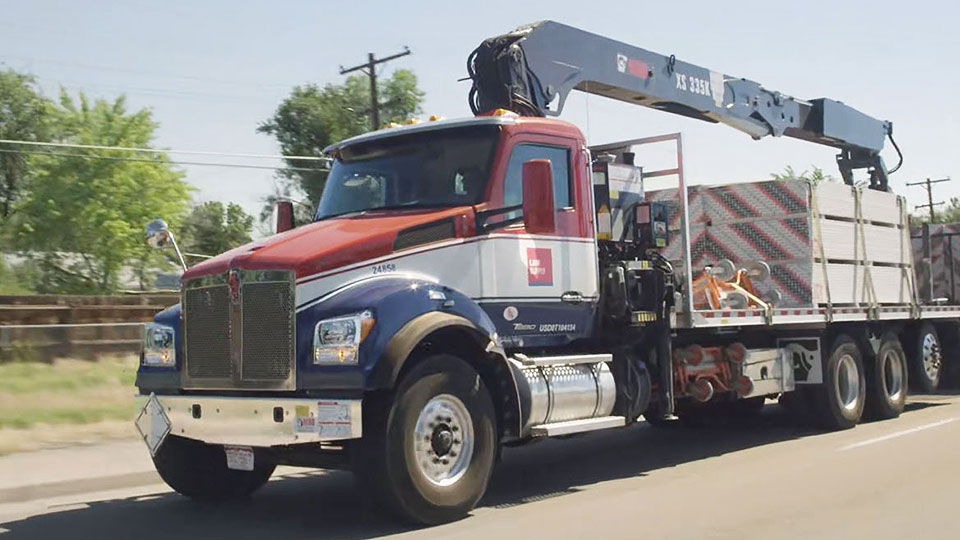
Fire Resistant Building Materials
How Designers Use Product and Material Selection to Improve Safety
Every year, wildfires and home fires result in billions of dollars in property damage. Fire safety goes beyond just hitting fire safety codes, it also involves building in passive fire resistance into your design. Decisions like these can not only save money in the long run, but can also help contribute to keeping a building’s occupants safe.
Through clever design and knowledgeable product selection, you can greatly extend the fire resistance capability of your wall and ceiling system. Manufacturers such as ROCKWOOL have created innovative solutions for homes and businesses that both help conserve energy and prevent fires from actively spreading. By collaborating with a building distributor like L&W Supply who partners with industry-leading brands, you can help find the best solution for your home or business.
Let’s take a look at a few of the most commonly used building materials for fire prevention, and some of the products that utilize them in their design, along with material ratings and how they work.
Pioneered by ROCKWOOL, noncombustible stone wool insulation can greatly improve the fire performance of a building once it is properly integrated with a wall or ceiling system. By reducing heat transfer and the spread of fire, it can prevent dangerous structural damage, along with harmful smoke and toxic gasses.
Because stone wool is naturally fire resistant, it can help contribute to the passive fire resistance of a fire-rated exterior and interior system without any additives. It both limits smoke toxicity and flame spread, while also giving occupants and firefighters more time to deal with a fire. ROCKWOOL has developed a number of different stone wool insulation products and applications. For more information, visit their site here: ROCKWOOL Solutions
Brick
In general, any kind of concrete masonry such as stone or brick is strong, durable, and resistant to the spread of flames. Bricks can help a structure withstand the exposure of fire for a longer length of time. With the advent of innovations such as fire bricks – specially designed to withstand even greater heat – brick is always a good choice when looking to add fire resistance to a structure.
 Stucco
Stucco
The popular material used for exteriors also helps add to an entire system’s fire performance. Because stucco is partially made from cement, a natural fire resistant material, it serves as an excellent and durable fire resistant product.
Stucco’s design also allows it to be installed on top of existing walls or exterior system, in addition to serving as an entire system by itself. This allows it to provide an added layer of protection of top of n existing exterior, making it a popular choice for renovations and rebuilds. Through its design and flexibility, stucco has become a go-to choice for enhancing a system’s fire performance.
Concrete
Another commonly used building material, concrete is well-known for providing enhanced fire performance in any wall or ceiling assembly. As a noncombustible material, it prevents the spread of flames and can be used to reinforce and protect a structure.
 Type X Drywall
Type X Drywall
Passive fire resistance can be found in the wall system as well. The 5/8-inch Type X drywall (also known as fire-code drywall) can increase a wall’s fire rating to a minimum of 1-hour, making it a popular choice for increasing a building’s fire performance.
Type X drywall is constructed using a glass fiber core, making it denser and thicker than the average drywall sheet. It slightly more expensive per sheet than standard gypsum, but a great option for adding strength to your wall system.
Material Ratings
The American Society for Testing and Materials has created a system where fire ratings are assigned to specific materials based on their flammability. These categories are based on the material’s flame spread index (FSI) – a measurement of how fast a material burns and spreads flames. The smaller the FSI, the better the performance.
Class A: FSI of 0 to 25
Class B: FSI of 26 to 75
Class C: FSI of 76 to 200
One important detail to keep in mind is that while Class A materials may only be fire resistant – not fire proof. Additionally, even with a fire-rated assembly, there are usually parts of a home or business that are not as resistant to flames as the walls and ceilings are (such as doorways or electronic components). This is why it is always important to practice proper fire safety – by following fire safety guidelines in the home, along with proactive fire protection systems such as sprinklers.
L&W Supply’s product experts can help you evaluate your options to select the right products for creating a fire-resistant wall system, no matter the size of your project or your budget. To speak to a representative, contact your local branch today. For more information about fire safety and prevention, visit the links below:
- Designing for Fire Resilience: ROCKWOOL
- L&W Supply Exteriors Products
- Fire Safety Guide American Red Cross

ABC Supply Co., Inc. Announces 2025 Managing Partners
ABC Supply has announced its 2025 managing partner inductees. This year’s Managing Partner Program welcomes a total of 47 branch managers – including 12 from L&W Supply – all honored for their exceptional leadership and contributions. Read more about this distinction and view the full list of 2025 Managing Partners in ABC Supply’s full announcement […]

L&W Supply Acquires Drywall Supply
This acquisition strengthens the company’s presence and support for contractors in Kansas BELOIT, Wis. – February 24, 2025 – L&W Supply, a nationwide distributor of interior building materials and construction supplies, has acquired the assets of Drywall Supply, a prominent player in the gypsum specialty dealer space, located in Wichita, Kansas. With this acquisition, L&W […]
 Stone Wool
Stone Wool